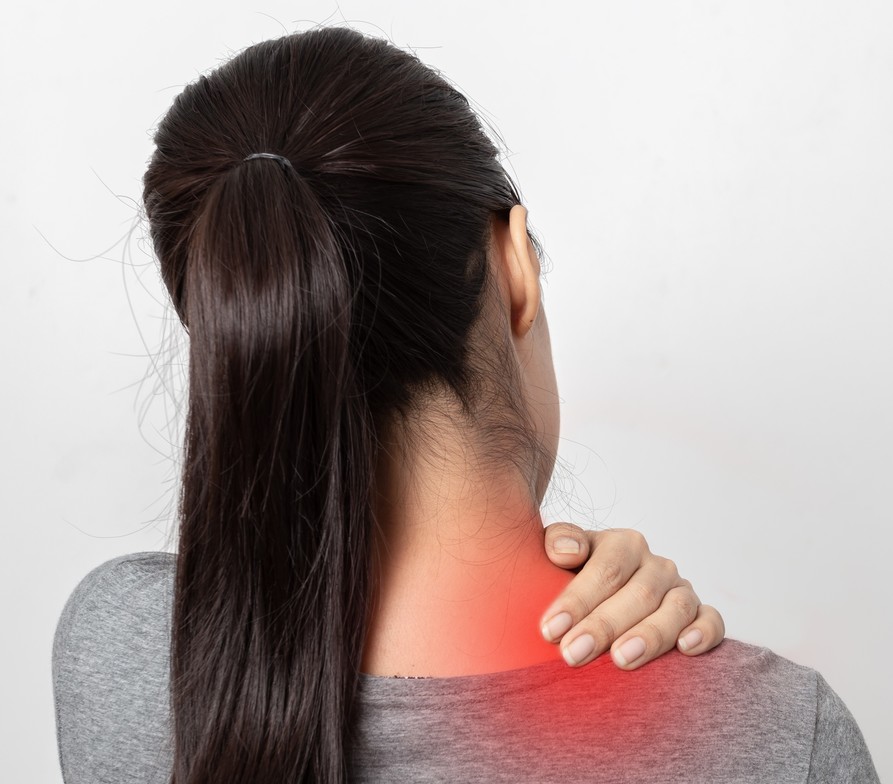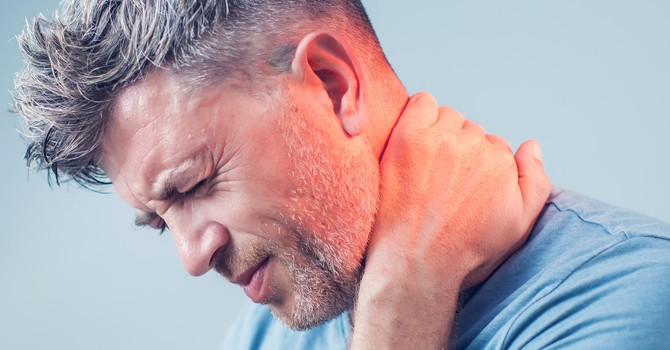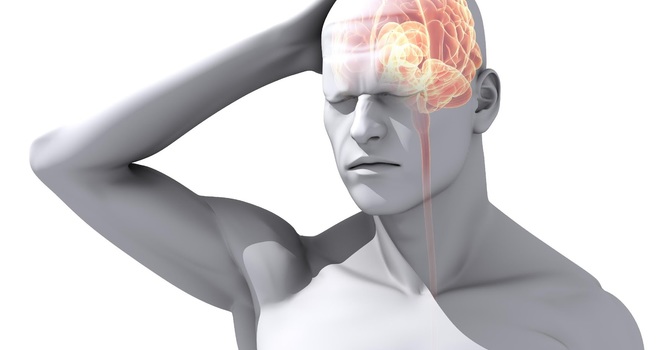
What is poor posture?
Poor posture results from the imbalance of certain muscles where some muscles tighten up or shorten while others lengthen and become weak. This can be the outcome of daily activities. The prolonged buildup of bad posture can have a very negative affect on the body and can lead to even more substantial injuries with time. Let us break down exactly what happens when an individual is diagnosed with poor posture.
How does it happen?
Posture is defined as a dynamic pattern of reflexes, habits, and adaptive responses to anything that resists one from being in standard anatomical position.
Postural dysfunction or “poor posture” is when the spine is positioned in an unnatural position which results in the joints, muscles and vertebrae being put in stressful positions, thus putting substantial amounts of pressure on tissues. This pressure can build-up and cause pain in the lower back as well as neck, shoulder, and arm. Poor posture can be identified not only through symptoms of pain, but also through visible symptoms as well. Poor posture can be acquired through many different ways which is why it is so important to ensure that proper posture is kept. Some ways to acquire poor posture include:
- Sedentary lifestyle (leads to tightening of hip muscles)
- Slouching (Lazy posture results in shortening of back muscles)
- Occupational demands
- Muscle Weakness
- Muscle Tightness
- Poor core stability
As mentioned those with occupations requiring t
hem to sit at a desk for most of the day are more predisposed to having poor posture, but so are individuals who have occupations that require them to be slouched all day (landscaping). Similar to other injuries, individuals over 40 are more prone to acquiring poor posture, than the younger generation.
Signs and Symptoms
As mentioned, symptoms can be both painful and visible. Some visible symptoms include:
- Rounded shoulders
- Slouching
- Tilting head forward
- Bent knees
- Arching of lower back
- Pot belly
Some Painful symptoms include:
- Lower back pain
- Shoulder pain
-
Leg pain
-
Neck pain
How long is injury and how is it treated?
Poor posture is something that can affect individuals for a very long time and is difficult to resolve without the proper treatment. Physiotherapy is extremely recommended for individuals suffering from poor posture. Some other forms of treatment include:
- Manual Therapy and soft tissue massage
- Dry needling
- Postural taping
- Electrotherapy
- Joint mobilization
- Ergonomic work stations
- Corrective exercises
Poor posture can lead to many other more severe injuries such as the malalignment of the spine and knees, which is why it is important to attempt to correct posture right away even before pain is felt.
Sumen Singla
Contact Me



